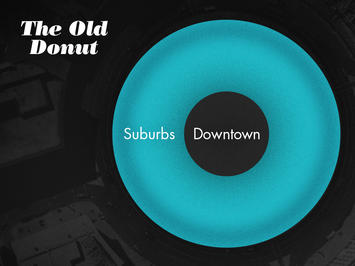
Growing up I remember the adults talking about the old neighborhood in Brooklyn where my grandparents lived during the Great Depression and World War II. In spite of the hardships of the era it was described as a great place full of life and colorful characters and extended family all on the same block. But by the time I was born no one we knew lived there anymore. My family was part of the great suburban migration away from cities. By 1967 (the year of my birth) New York, like most cities, had begun to fail. There were race riots, rapidly rising crime rates, strikes of every kind, unemployment, terrible public schools, a near bankrupt city hall, declining property values, high taxes, and a general sense that the city wasn’t any place to raise children or grow old. People voted with their feet. The Good Life existed exclusively in clean, quiet, leafy suburbs – many of which like Scottsdale or Orlando weren’t even attached to an historic urban core.
But today we’re seeing the economic and cultural revival of many of the city centers that had been declared dead. Boerum Hill, Brooklyn where my mom was born is now a million dollar address. Absolutely no one could have imagined that in 1974 or 1987. At the same time race riots and economic decline are now unraveling many poorly aging suburbs – precisely the same suburbs that were insulated middle class enclaves in 1969 or 1985. That’s not to say that all downtowns are bouncing back or that all suburbs are failing. There’s a big difference between Detroit that’s still contracting and San Francisco with an economy that’s actually overheating. And no one would put Short Hills, New Jersey in the same category as Ferguson, Missouri. But the waters are murkier than they used to be. Statistically, there are now more Americans living in poverty in the suburbs than in city centers or rural backwaters. This makes sense since the vast majority of the built environment consists of low density development and that’s where the overwhelming majority of all people of every kind now live. And it’s no longer true that the suburbs are all white. Many of the most ethnically diverse places in the country are now suburban rather than urban. The new Chinatowns, Koreatowns, and Little Indias are much more likely to exist in suburban cul-de-sacs than in city centers.
The challenge faced by many regions today is described beautifully by Aaron Renn here. The old model of urban poverty and suburban prosperity (the sweet fluffy “donut” with a dead center) has been replaced by what Mr. Renn calls the New Donut with a thriving downtown core, failing older suburbs, and booming new outer ring suburbs. Poverty then reappears out in the rural hinterlands.
I occasionally get critical comments from readers who dismiss my observations. One of my stories about a declining suburban neighborhood in southern California was re-posted on newgeography.com (a website I respect and enjoy) and it attracted these comments here. They can best be summed up as, “Dude, you’re a busybody from Planet San Francisco who knows nothing about the real lives of real people.” The comments assume that the suburbs are doing just fine and any attempt to tinker with them by pointy-headed urban theorists will only make things worse. In many instances I completely agree. There are examples of infill suburban development all over the country and most of them are pretty crappy. See my post here for specific case studies. But the default setting of the suburban development pattern is designed to actively fail over time. Doing nothing is a sure recipe for continued decline. Let me explain.
Each new shiny subdivision, shopping center, and office park built out on the edge of town (often in a different school district or municipality) draws more prosperous and mobile residents along with new revenue from fresh growth. Meanwhile smaller older tract homes, aging strip malls, and even churches lose value as they age. Taxes are generally lower in newly built areas since legacy costs for infrastructure and government employees hasn’t yet accumulated. In contrast, older suburban areas are loaded down with maintenance costs, underfunded pensions, rising health care costs, and declining revenues. The public schools wobble, lower income people migrate to the neighborhood, home owners are replaced by renters with slum lords, and the whole thing goes south pretty fast. People, of course, respond by voting with their feet.
If you want to see the in-between stage of this process check out the 1980’s and 1990’s retail centers. The strip malls are still freshly painted and the landscaping is well maintained, but most of the storefronts are empty. There’s just too much retail space on offer with too few businesses looking to fill it. This isn’t a result of a temporary economic downturn. It’s a feature of never-ending outward expansion. Some property owners have tried to reinvent their commercial space in creative ways. The old movie theater failed when the new multiplex opened up on the edge of town. The concrete bunker was painted pink and decorated like a Greek temple and turned into a beauty school. The school eventually failed and the building is now empty like so many other older retail properties in town. It’s obvious what these places will be like after another decade or two. These aren’t isolated instances. This is the inevitable result of a particular style of horizontal development. So what exactly do you do with all this stuff to prevent it from falling apart?
I had previously used the Antelope Valley in California as an example. The typical response by many civic leaders is to encourage new job creation and new retail sales to fill the public coffers. But even when new businesses do open and jobs are created it doesn’t really help the older neighborhoods recover. People looking for good places to raise their children or retire gravitate toward the newer parts of town – or more likely the next town over. People who want urban amenities like street life and culture generally flee the region entirely for a real city. If you drill down on these older neighborhoods on Google Earth you realize that there’s still plenty of undeveloped land, but since it’s in the wrong part of town it isn’t likely to ever see new five bedroom homes with swimming pools or upscale retail. Any suggestion that these districts could be reinvented with a downtown flavor to give people the option of a walkable urban neighborhood is met with stiff resistance from nearly everyone. It’s just not what people in the area want. So these places continue to fester. That’s not the opinion of a pointy headed urban theorist. It’s just an observable fact. This process is brilliantly articulated by the fiscal conservative Chuck Marohn from strongtowns.org here.
So let’s get back to that criticism about “busybodies from Planet San Francisco” telling people in the suburbs what to do. I’m observing a fact. The fact is that many suburbs are aging poorly and turning into slums. As city centers gentrify the poor are being displaced and they are finding their way to these failing suburbs because they’re cheap. So what have local governments like Lancaster and Palmdale been doing in response to the decline of their older suburban neighborhoods? Well… as lower income people migrated to the Antelope Valley from other parts of Los Angeles County both cities began an aggressive code enforcement program directed at discouraging poorer people from settling in the area. If you read the local Antelope Valley Times here the mayor of Lancaster, Rex Parris, praised the fraud investigation officials who were wrongly terminated by Los Angeles County bureaucrats. If you read the Los Angeles Times here both Lancaster and Palmdale were systematically raiding the homes of lower income black and latino citizens with SWAT style teams of heavily armed police looking for minor code violations and instances of fraud.
No one in particular is causing this demographic shift to happen, although liberals like to blame conservatives and conservatives like to blame liberals. Mostly it’s Adam Smith’s Invisible Hand of The Market. Eliminating all state and federal programs wouldn’t change the basic pattern. In fact, these migrations might actually accelerate in an all-out unfettered marketplace. When people can’t sell their homes they turn to renting. When they can’t find solvent renters they turn to Section 8 subsidized renters. If the Section 8 program didn’t exist the homes would eventually become so cheap that the same poorer demographic would ultimately fill the neighborhood anyway and/or the buildings would sit empty and rot. So the question is simple. How do you prevent this cycle of devaluation from happening to your town? Or how do you reverse the process if it’s already begun?
The most recent “solution” was for the city of Lancaster to propose shutting down its MetroLink rail station in order to prevent lower income people from traveling in from other parts of Los Angeles County. That approach plays well with suburban voters, but has no real effect on the larger trend. The idea that low density development and a lack of public transit prevents blight and crime just doesn’t hold up in reality. In the same way, creating a walkable mixed use slightly denser environment is neither a recipe for disaster or a cure-all. Many people assume that limiting growth with artificial boundaries raises costs by squeezing people into a limited amount of space and unnaturally jacking up rents and the cost of home ownership. In order to keep homes affordable new growth out on the edge must constantly be built. The dark side of that theory is that it’s impossible to prop up the value of older subdivisions if there’s an endless supply of new housing coming on the market.
I don’t expect the good people of the Antelope Valley to make any radical changes to the way they organize their affairs anytime soon. But I do expect many people to continue to vote with their feet and move away, taking their money and civic engagement with them. If these towns are incredibly lucky they will eventually be colonized by a new group of people who reinvest in these tired old neighborhoods. But I might not live long enough to see the pendulum swing back.
John Sanphillippo lives in San Francisco and blogs about urbanism, adaptation, and resilience at granolashotgun.com. He's a member of the Congress for New Urbanism, films videos for faircompanies.com, and is a regular contributor to Strongtowns.org. He earns his living by buying, renovating, and renting undervalued properties in places that have good long term prospects. He is a graduate of Rutgers University.
New and Old Donut graphics courtesy of Urbanophile.com.
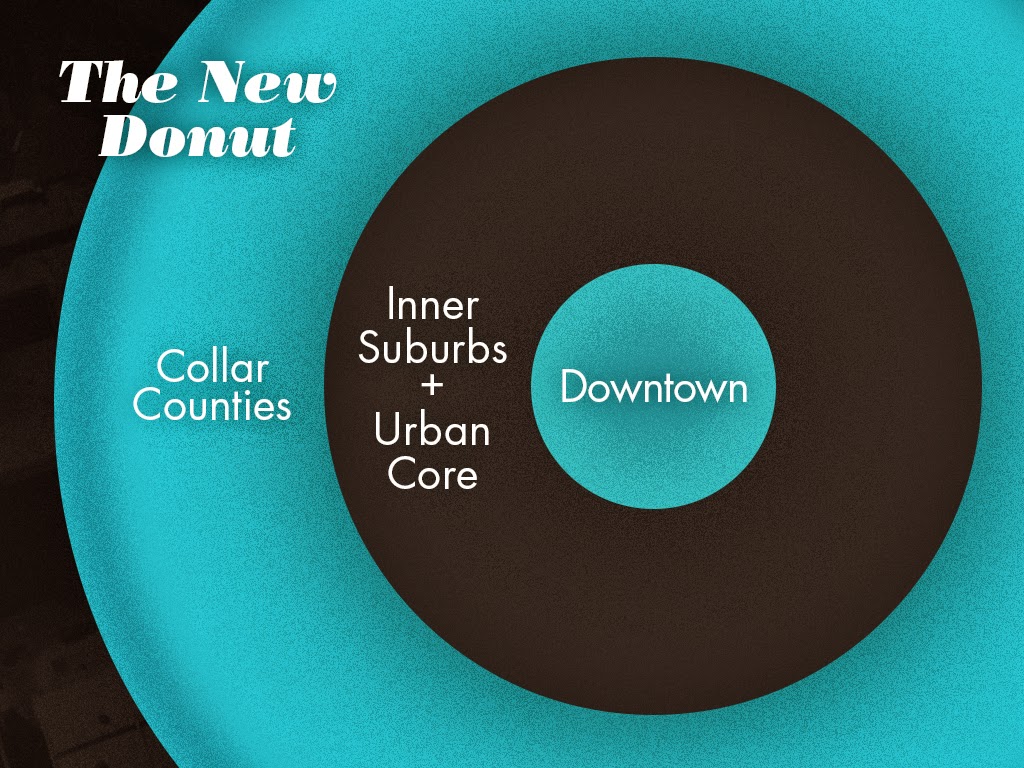


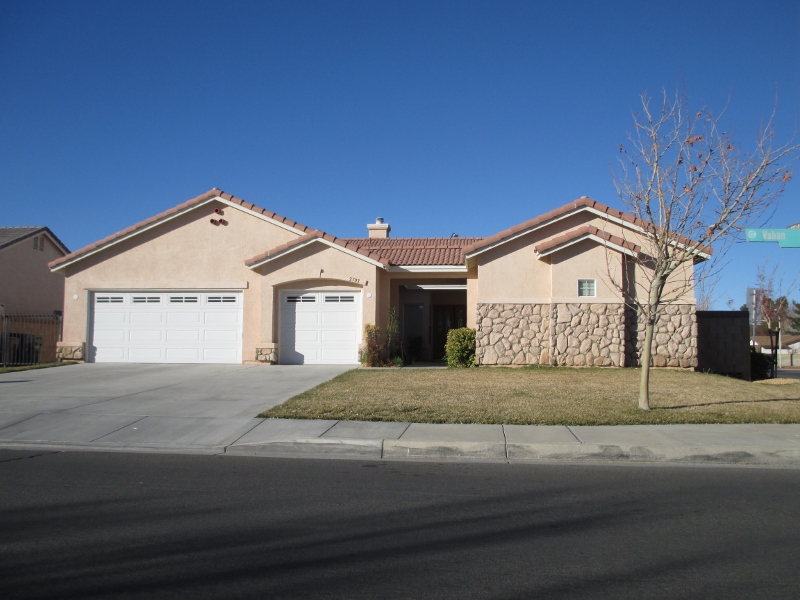
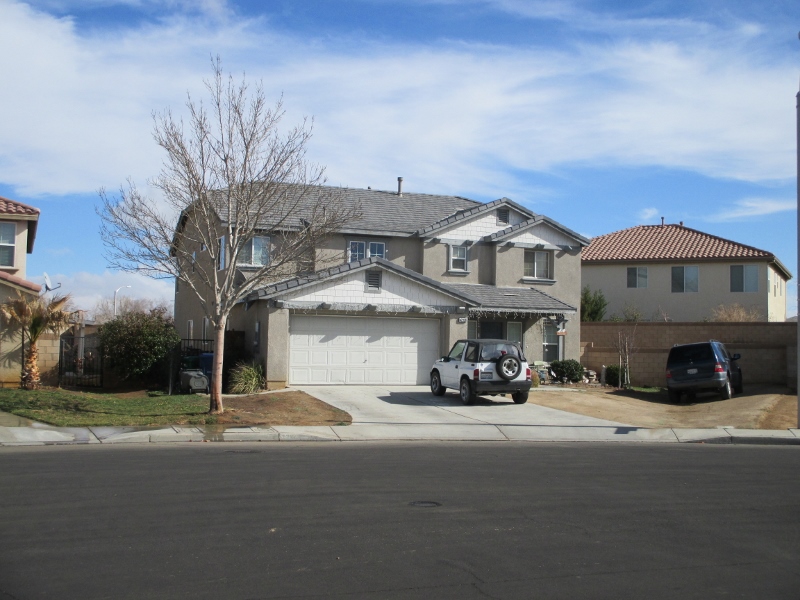


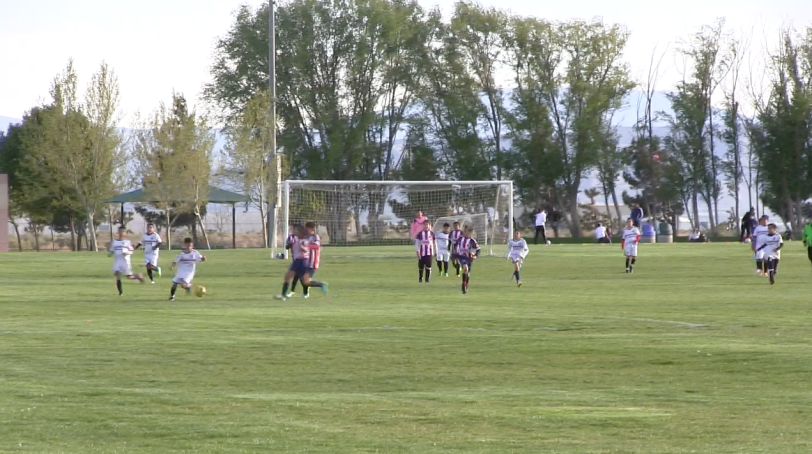
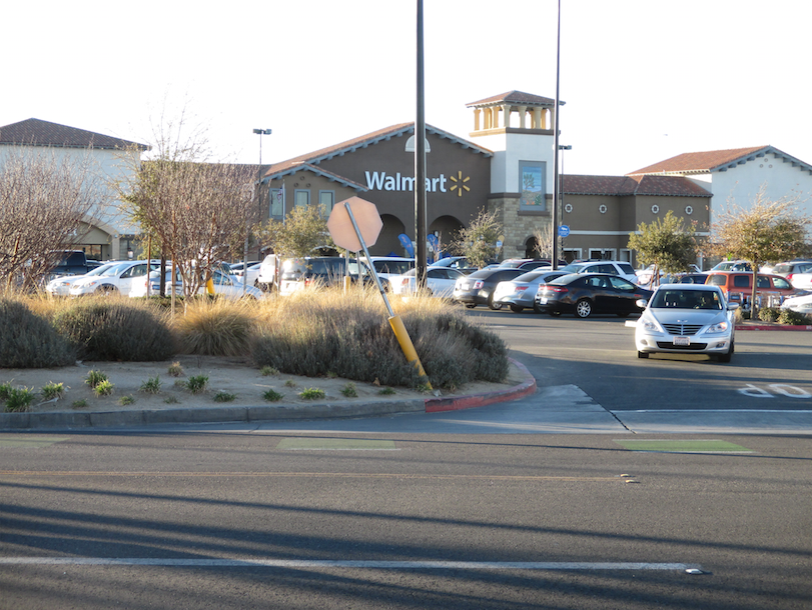
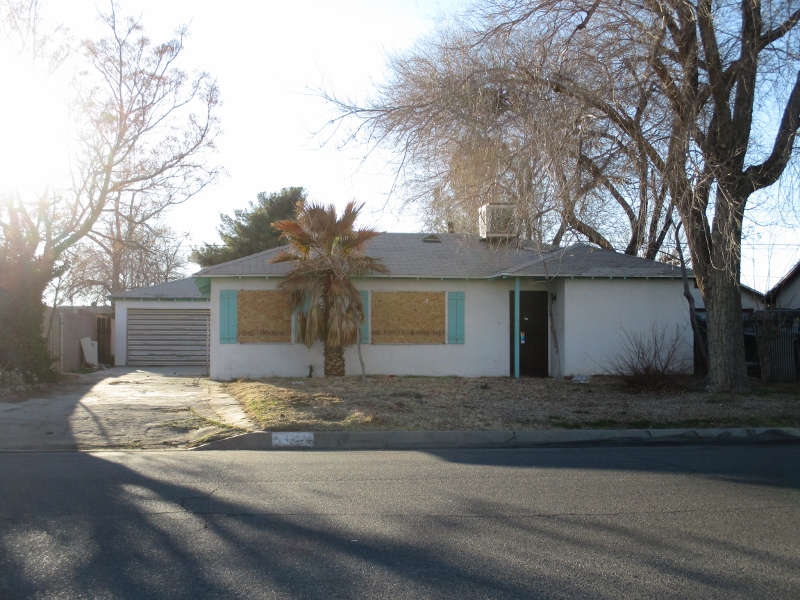


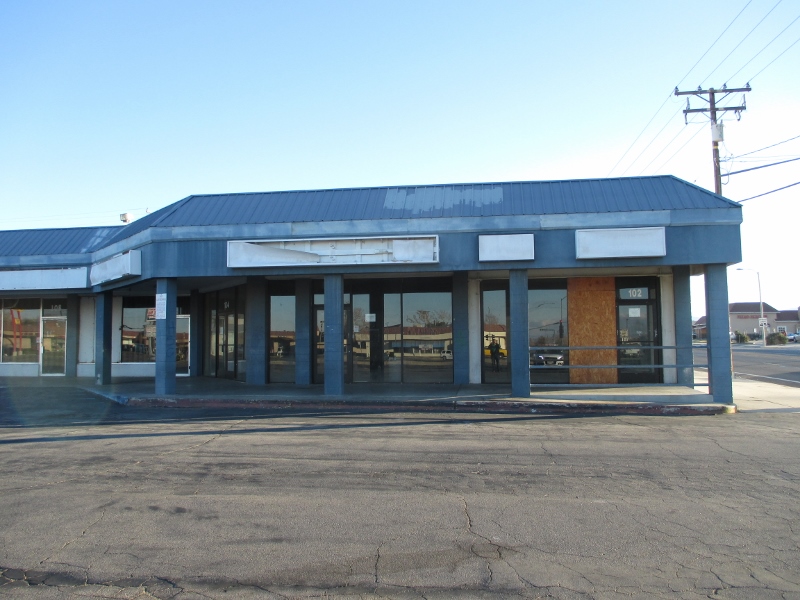
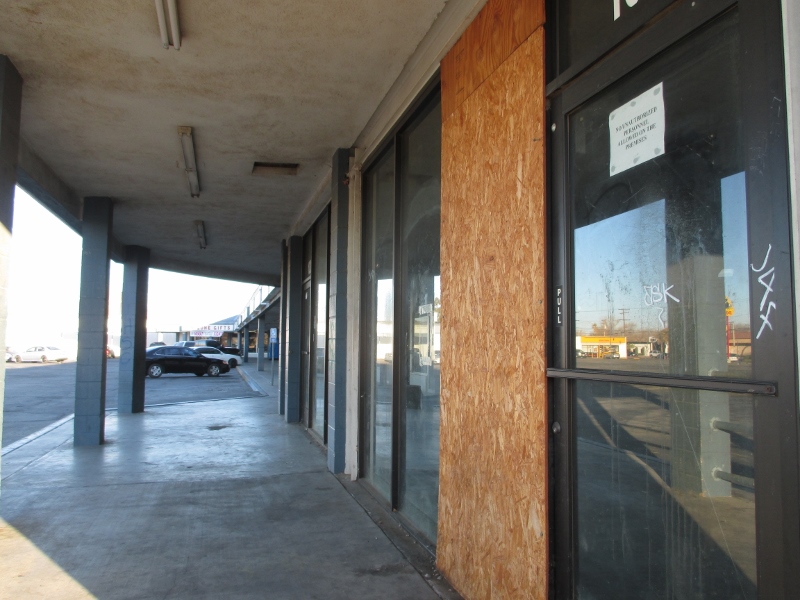
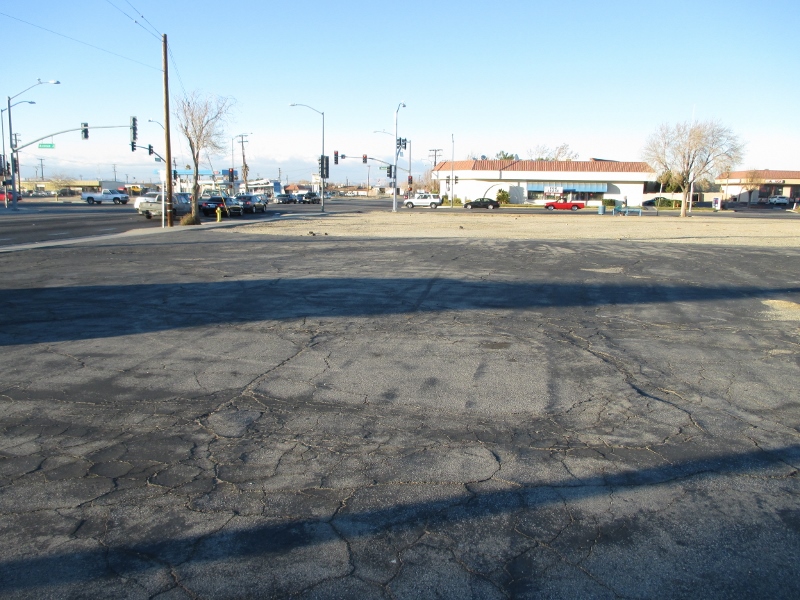
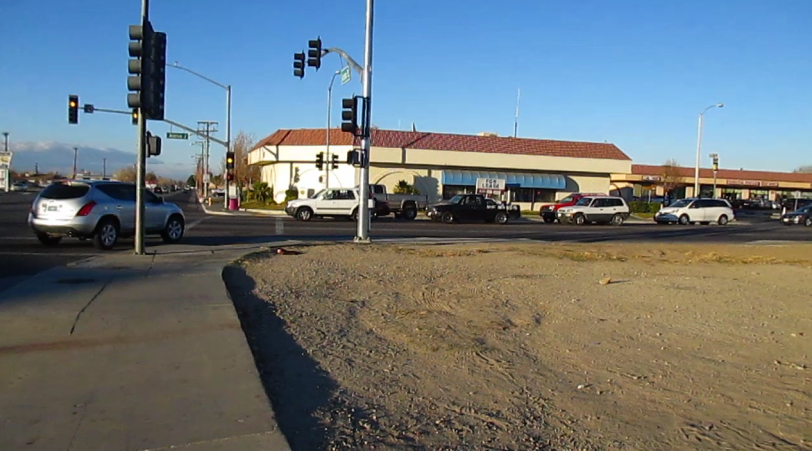
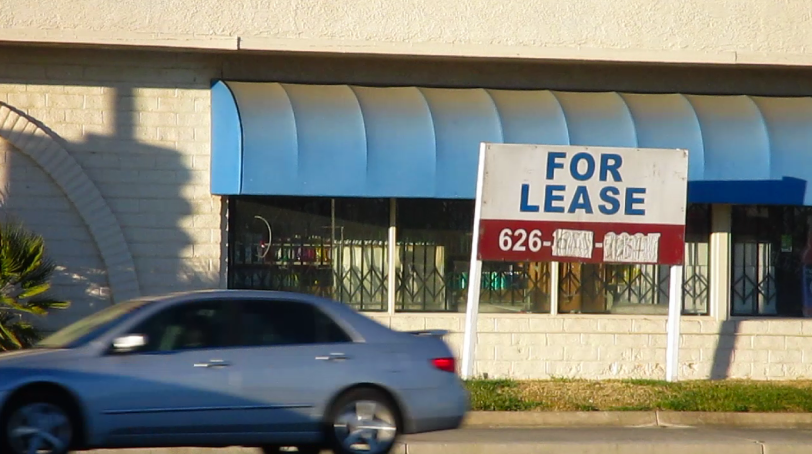

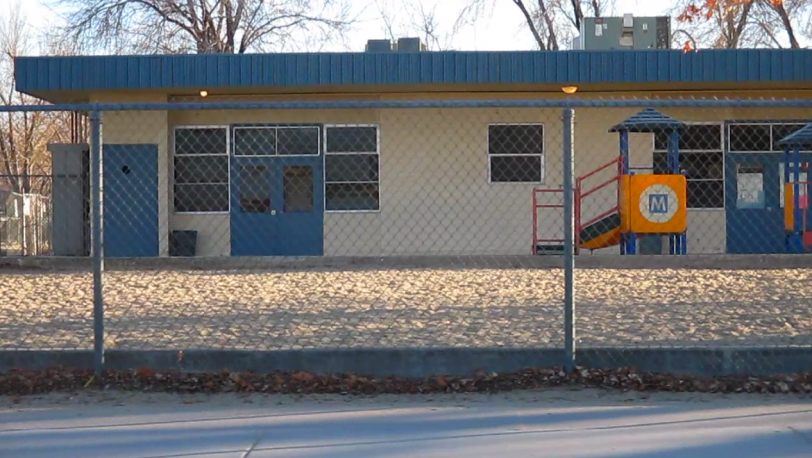
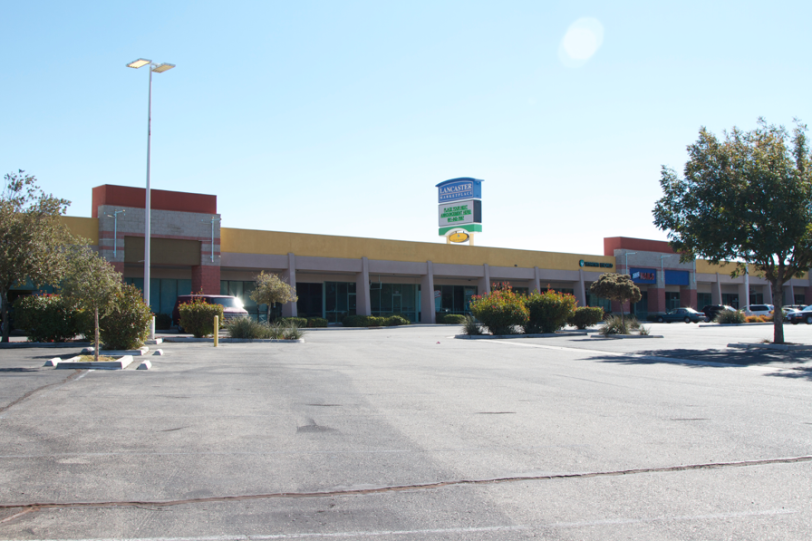
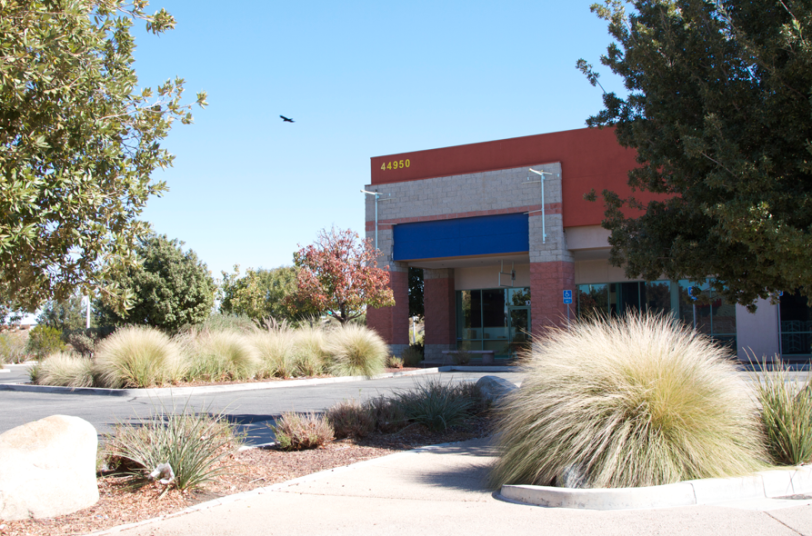

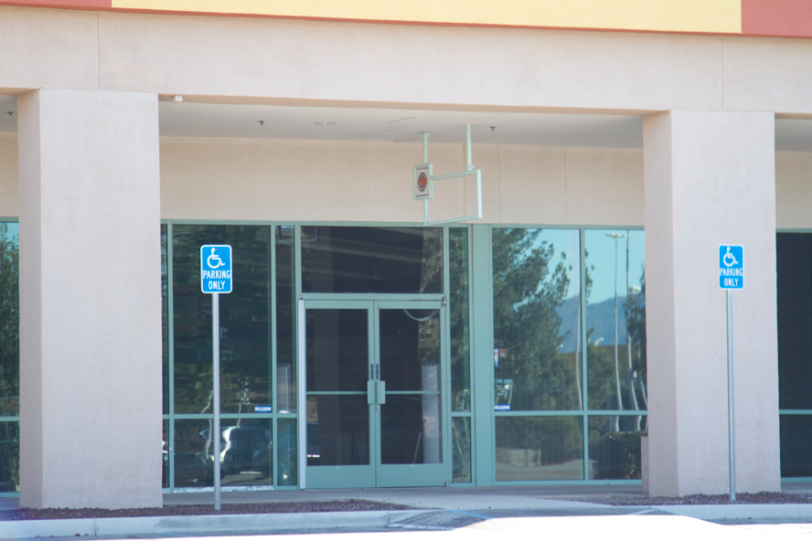

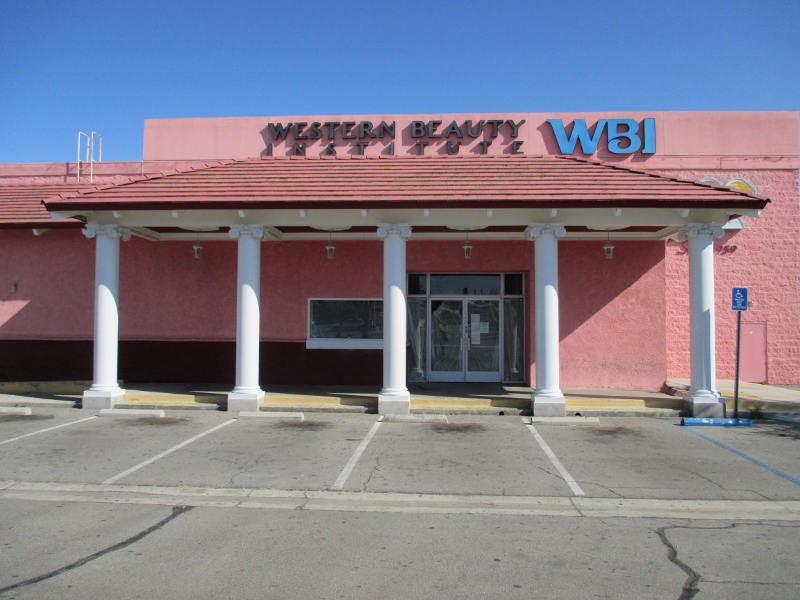
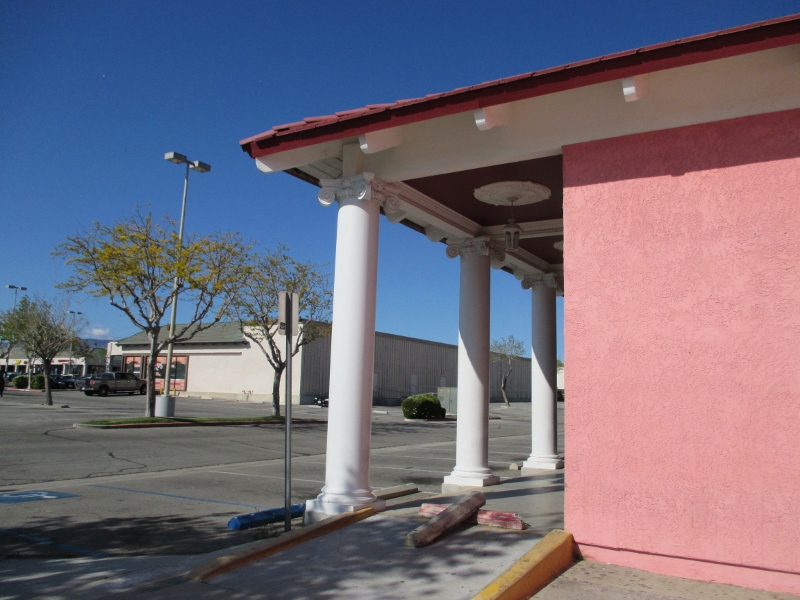

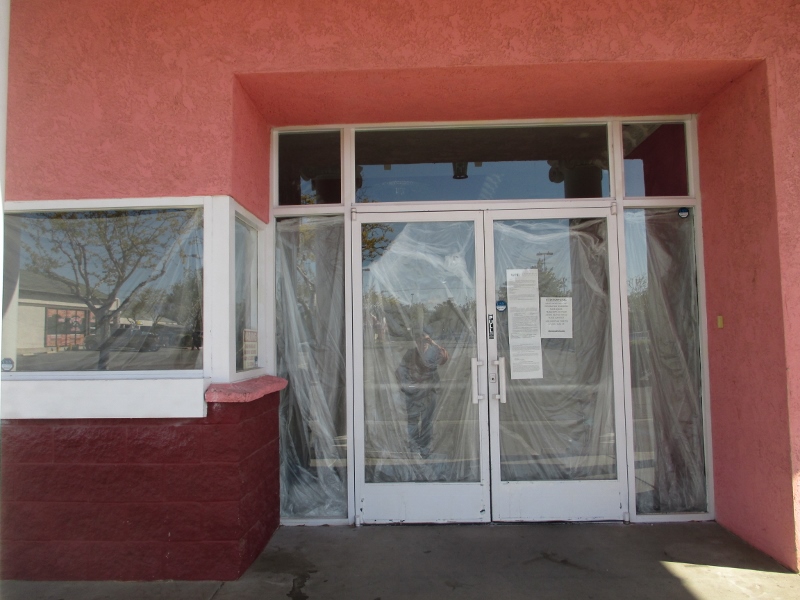
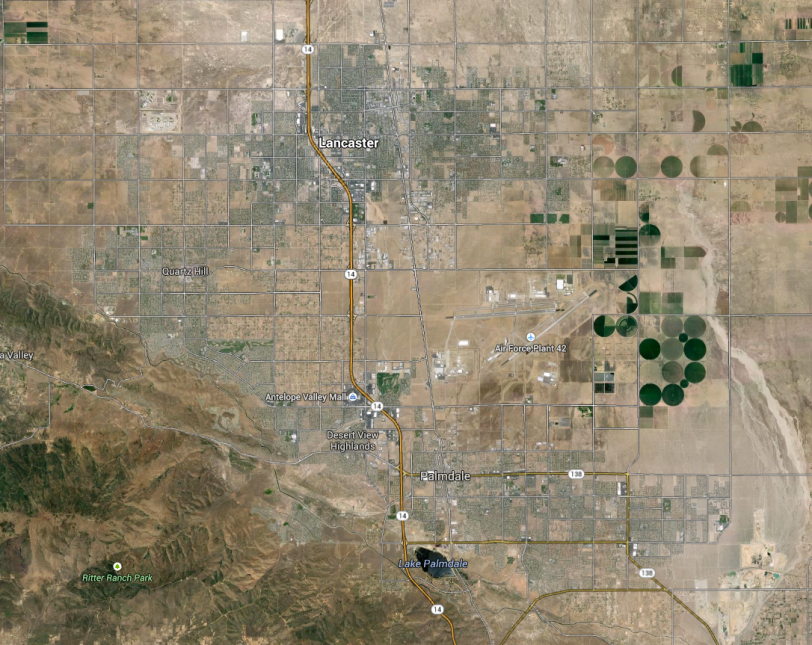
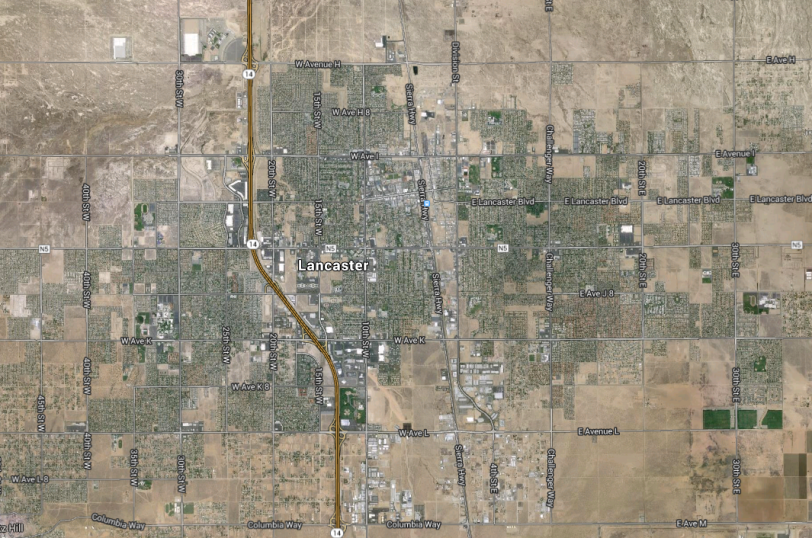
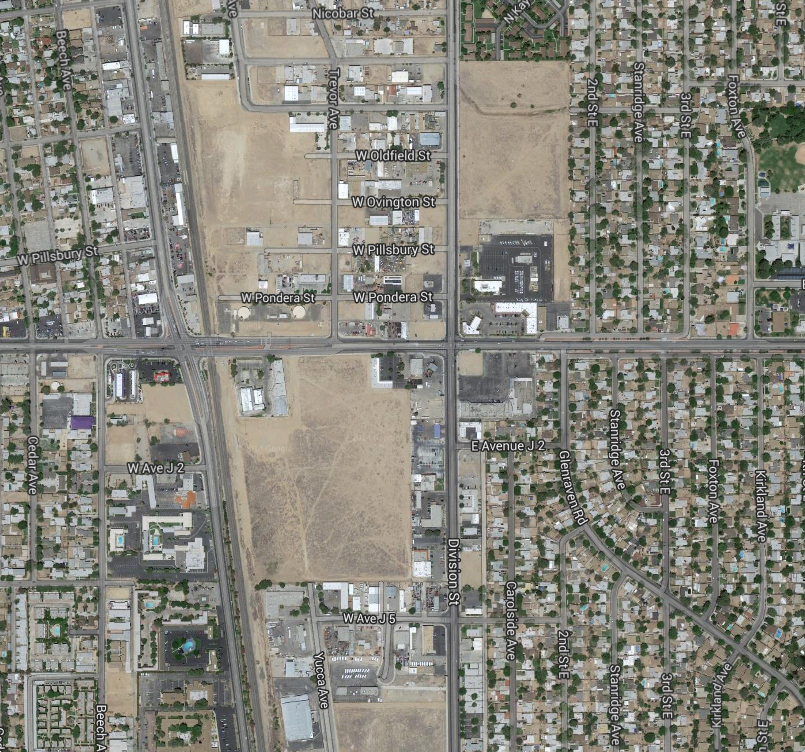
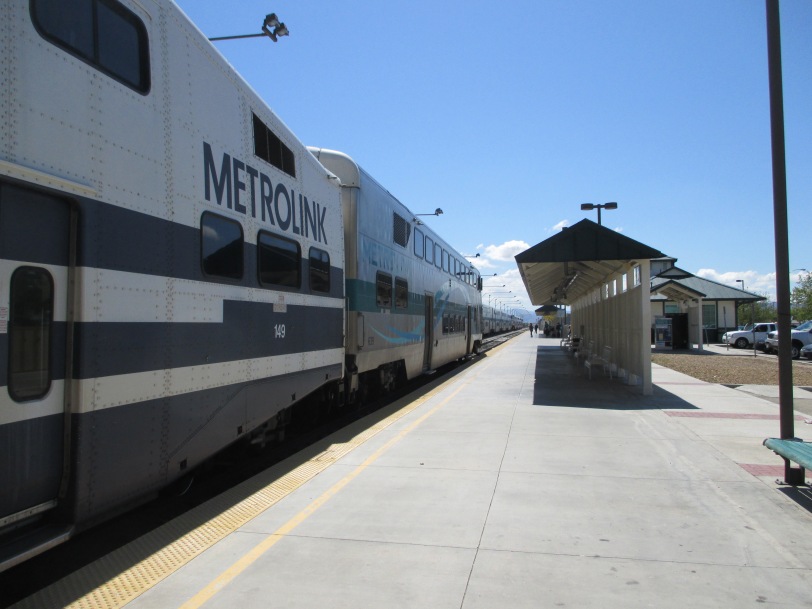
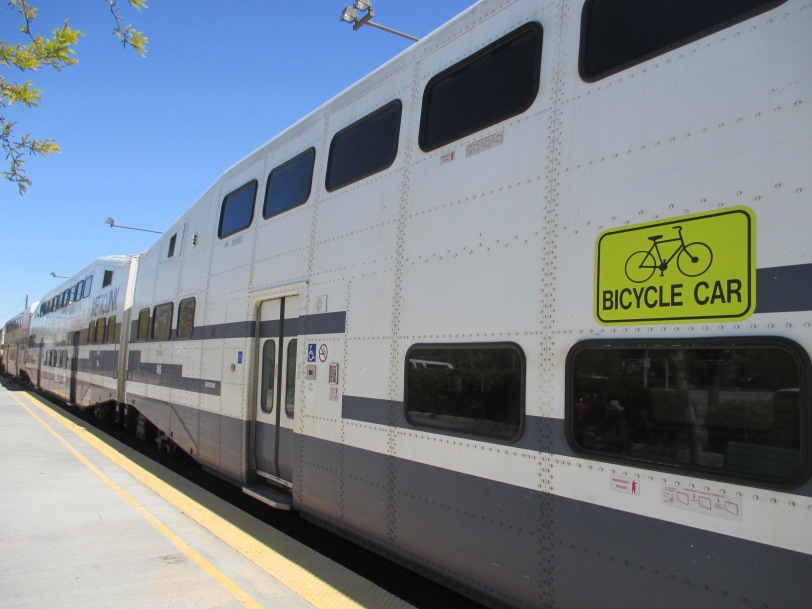













Is this a glass half empty situation?
The location of most of these decaying suburbs makes them quite an advantageous low-cost housing option. The fact that the residents themselves don't want them turned into yuppieville is instructive.
These things will go in cycles. Gentrification will tend to creep outwards from the centre. Is the glass half full or half empty?
The real issue involves how we fix declining society, not declining locations.
Yes!
Finally, an intelligent comment. Thank you. Yes, these things run in cycles. And yes, the pendulum will swing back in due time.
I once had a conversation with a Swiss friend in Zurich. Switzerland is exceptionally clean and well maintained with no visible signs of abject poverty in spite of having the same proportion of low wage workers and immigrants who, in the U.S., would almost certainly be living in distress. I asked what the Swiss secret was. He paused and replied, "The secret to having a clean house is to clean it." In other words, these things (good schools for everyone, respectable housing, medical care) cost money and you just have to pay to get things done - not in order to help the poor per se, but to maintain an orderly society.
In a perfect world American society would sit down and figure out how to fix the underlaying root causes of poverty blah, blah, blah. But I've come to the conclusion that that's not likely to happen. In fact, past attempts to fight poverty were always half-assed and disastrous. So the best any one of us can do individually (that includes the poor themselves) is to observe which way the wind is blowing and dart out of the way and toward where things are likely to improve. So that's what I explore.
- John Sanphillippo